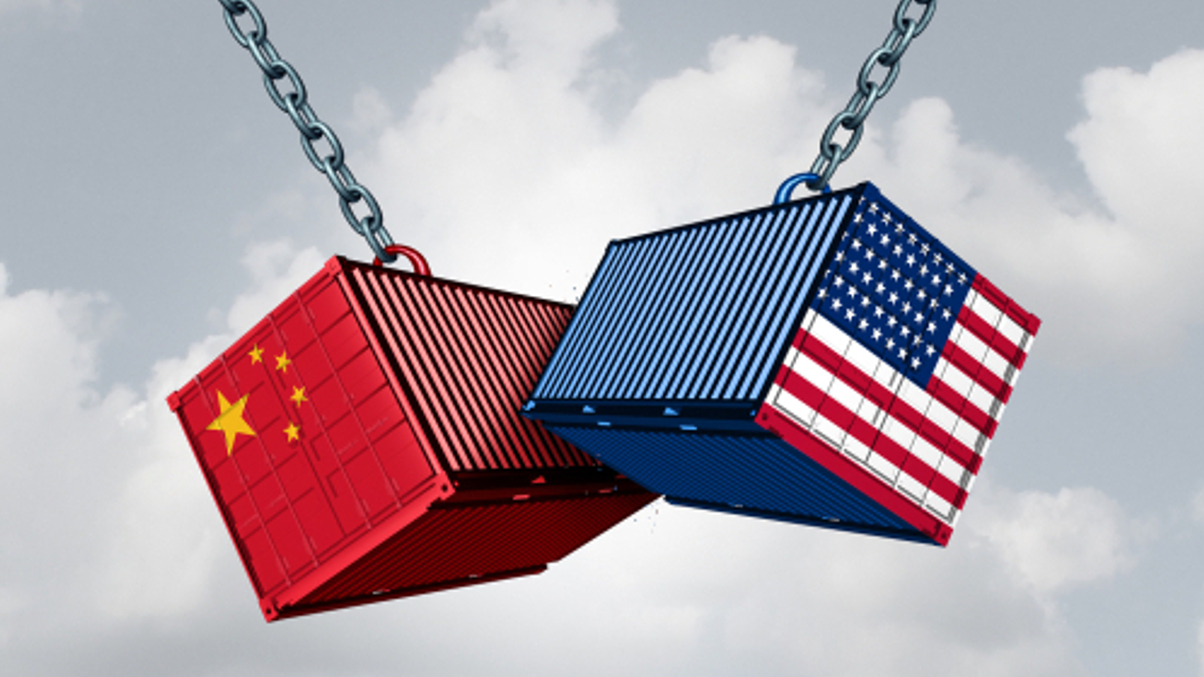Japanese instos seek safer options amid uncertainty
Geopolitical tensions and a low-interest-rate environment is causing some of the country's asset owners to seek diversification in their investment portfolios.

Japanese institutional investors are shaking up their investment strategies overseas to accommodate for an increasingly unpredictable global and regional economic environment.
Sign in to read on!
Registered users get 2 free articles in 30 days.
Subscribers have full unlimited access to AsianInvestor
Not signed up? New users get 2 free articles per month, plus a 7-day unlimited free trial.
¬ Haymarket Media Limited. All rights reserved.


